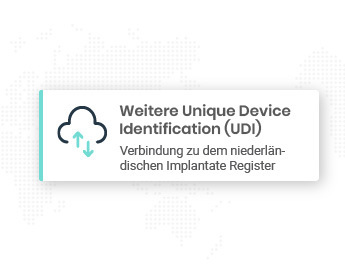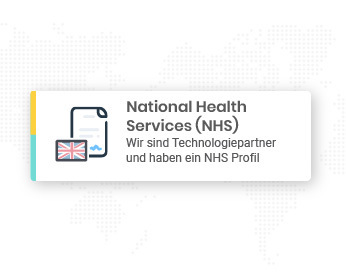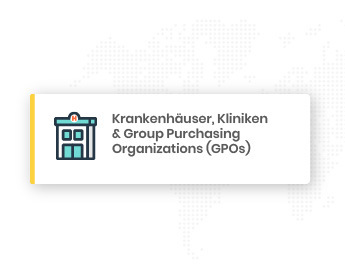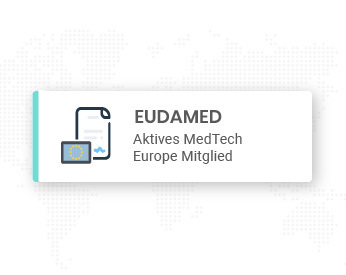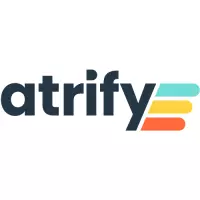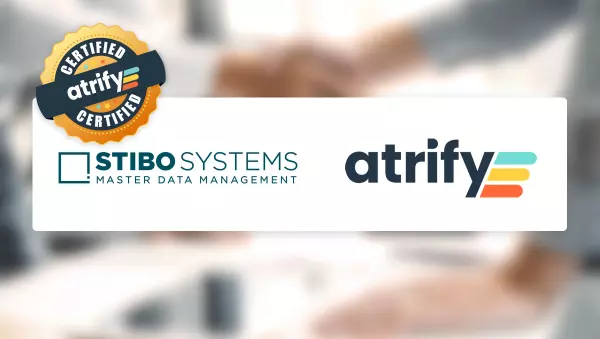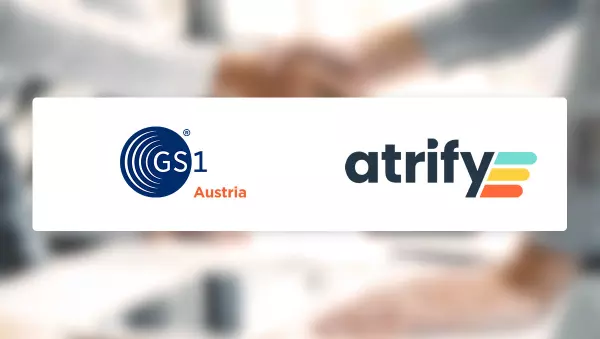
Are the new articles intended for everyone - what happens if the product information is published on this so-called target market? Who sees the data - can you see everything here like a marketplace?
And then again and again this GDSN. Did atrify invent that?
We at Support know these questions and are often confronted with them in our day-to-day work. We hope our blog article will answer one or the other question from you.
Who actually is this “target market”?
Anyone who deals with master data and the "Global Data Synchronization Network (GDSN for short)" is constantly confronted with the term "target market":
Target market profile, target market: country code, target market subscription, target market publication, etc. But what exactly is this target market?
When creating a data record for an article, it is imperative to enter a target market country code, eg 276 for Germany or 040 for Austria. This means that the data is dem
Target market profile, i.e. the requirements of the respective community (usually organized by the respective national GS1
Organization).
A data setter therefore has the option of commanding the atrify data pool: "Make the data publicly available so that every recipient in the network can access it." This is called target market publication.
In return, a data receiver has the option of commanding the network (GDSN) to:
"Send me all records with code 276 that have been made available publicly or for me." The data recipient wants to receive all data records with the code 276 that have been made public or made available for him. This is called target market subscription.
"Come and see the fresh data" - Is the GDSN a marketplace?
“Who can see my data?” Or “How does the customer see my data?” Is a question that is not infrequently asked by suppliers, with the hope that countless dealers will romp about on a kind of online marketplace to find out about new ones To inform products. This is usually not the case.
The data is imported into the retailer's inventory control system, where it is processed for various purposes. First and foremost, data is exchanged between suppliers and dealers who already have a business relationship via GDSN. It is of course conceivable that a data recipient feeds a marketplace from the data.
“Ruler of the world” - Did atrify invent GDSN?
GS1, GDSN and atrify. Customers who came into contact with master data for the first time via atrify often have the impression that atrify invented the topic. That's not true. The data standard for the Global Data Synchronization Network (GDSN) was and is being developed by the GS1 member organizations worldwide ( https://www.gs1.org/ ). atrify supports its customers in incorporating their requirements into the GDSN standard and in implementing the standard as best as possible for its customers and is one of the leading data pools.
Mandatory, mandatory and mandatory information - does that have to be?
"Since when is this compulsory?" is asked from time to time by suppliers who are asked by a trading partner to update various information, although according to the atrify documentation it is optional. So what information is now mandatory?


